
Every real estate professional knows that the current housing market is hotter than ever. In fact, some analysts say the market has already hit growth levels not seen since 2008.
Of course, no one understands this better than realtors like you. The question is, how can you stay top of mind in such a competitive real estate industry? Believe it or not, an effective email marketing strategy is one of the best ways to get a leg up on your competition.
Seriously, email works. Here’s why.
Email offers big rewards for little risk.
Although the average email click-through rate is a meager 2.13%, email can give you a much better bang for your buck over other marketing efforts. Sending email costs next to nothing, and yet it’s actually 40% better at converting prospects compared to social media.
Sure, your subject lines are competing with literally hundreds of other messages each user gets every day. But done well, email approaches such as lead generation drip campaigns can help you convert more prospects at a lower cost than other channels.
Nurture relationships with clients and prospects.
Unlike social media, email (when combined with the right email marketing automation platform) allows you to slice and dice your contact list so you can target specific audiences with specific types of emails. For instance, your email newsletter can inform real estate leads about your recent market successes and sales — and potentially boost your opt-in rates.
Send personalised messages.
Email is one of the best ways to deliver personalised content, such as new listings to potential buyers. You can also link prospects to high-converting landing pages on your website where they can check out new listings, sign up for your real estate newsletter, or download content such as market reports for their area. The key is to have accurate contact information and know their interests to ensure your email list is up to date.
Save time and money while building your brand.
How can you help your real estate brand gain traction in such a chaotic market? And how can you do it while still having enough time to help your existing clients?
It all comes down to email marketing automation. With the right marketing tools, you can easily customise engaging email templates with your own logo design. Best of all, email marketing software helps you quickly create and manage real estate email marketing campaigns to target a specific market segment, such as current homeowners and buyers in your local market.
Position your email marketing strategy for success
You know why email works, but how do you actually get the results you want?
As a real estate agent, you’re almost certainly using email to connect with existing and potential clients. But if you’re not achieving the engagement or conversion rates you expect, here are some proven email marketing tips to optimize your approach.
Be consistent (not annoying).
How often should you send emails? The answer: it depends.
While you want to avoid bombarding prospects and customers with irrelevant messages, you do want to establish consistency.
For instance, you could create a welcome series of emails that are automatically sent to recent newsletter subscribers. The welcome series could include offers such as a free market report or insight into mortgage interest rates. Welcome emails are especially important because some studies have found they have as high as an 86% open rate — far greater than “every day” emails.
In addition to welcome emails, you also need to determine the frequency and types of content to send to your various audiences. This brings us to our next (and extremely important) topic — content.
Email marketing success is all about content.
Every email you send should answer this fundamental question: Who is your audience and what do they want?
For instance, sellers might want to receive regular updates about home sales in their immediate area. Buyers likely want the most current listings tailored to their specific needs and interests (price, location, square footage, amenities, etc).
Beyond the obvious, you also want to engage your audiences with other content. Are you offering a home buying webinar? Or maybe you have a great video with home improvement tips or a blog post about new home sales. When you have great content to share, you’re already halfway to achieving great results.
Make email part of a well-balanced digital marketing strategy.
Although email alone can be a highly effective marketing tool, you can greatly expand your digital marketing footprint when you include automated email as part of an overall multi-channel marketing strategy.
Here are some examples:
SMS marketing: This can be a great way to notify prospects about upcoming events, such as open houses in their neighborhood. You can also link to your latest newsletter or blog posts that might be of particular interest to them. Text messages can be a great follow-up to email because SMS messages remind them to check out valuable content they may have missed.
Social media: Social media, like email, requires consistency to achieve real impact and reinforce your brand. You can leverage email as part of your real estate social media marketing strategy to connect prospects and customers with your latest videos, events, testimonials, home sales, and other content on social pages such as Facebook, Instagram, TikTok, YouTube, and more.
Content marketing: There’s no doubt that content is king in any marketing strategy. So along with your beautifully designed and branded email templates, you need a successful content marketing strategy to truly engage your audiences.
Compelling content, such as a free home valuation and customer testimonials, not only helps you convert more potential leads, it helps you build long-term relationships and win more referrals from past clients.
Four ways to improve real estate email marketing
Here are four easy ways to use email marketing to better effect:
1. Don’t overlook the important welcome email.
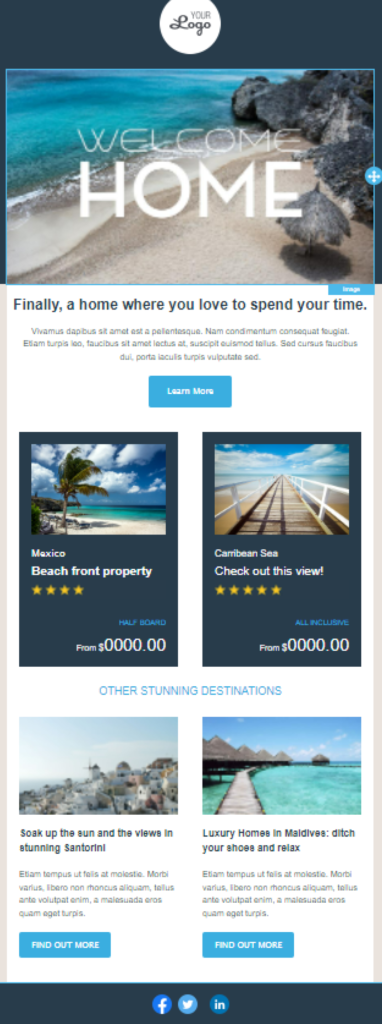
A welcome email is a great way to introduce yourself and your services to new leads. Maybe they connected with you at an open house or were sent to you through a referral. Either way, you want to send all of your recent contacts a warm introduction to thank new email subscribers for opting in. You also want to briefly explain why you’re the best agent to help them buy or sell their home.
Above all, make sure the welcome email (or welcome series) is clear and actionable. This could be in the form of a prominent call-to-action (CTA) to schedule a phone call or online meeting, set up a free home valuation, or connect on social media. You can even ask the recipient to add you to their safe contacts list so your emails don’t end up in their spam folder.
2. Make your emails mobile-friendly.
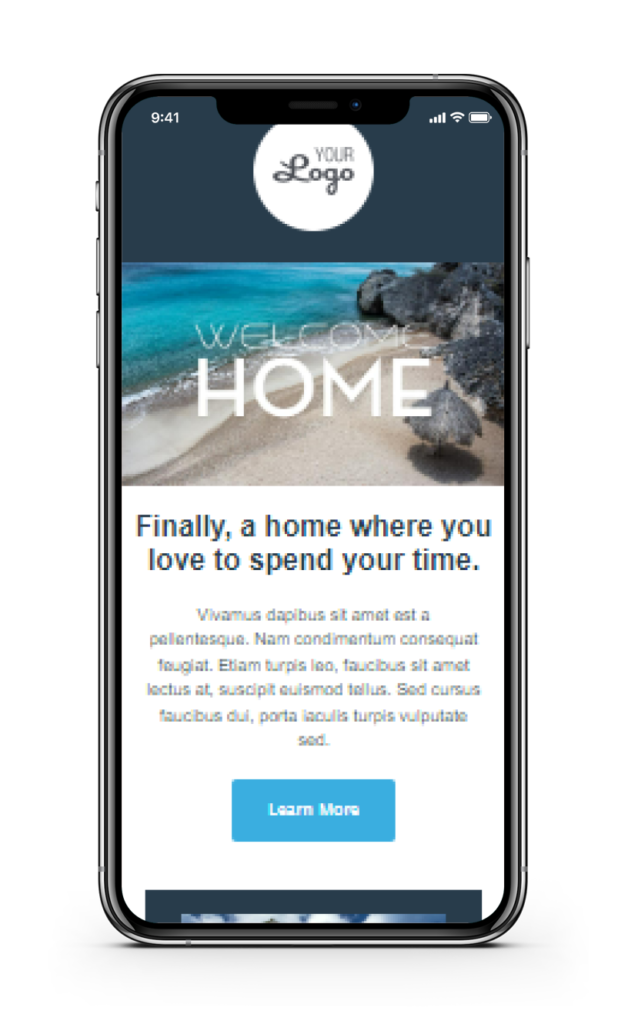
The online real estate marketing industry has become unbelievably competitive. Today, more house hunters are using mobile devices and apps to browse homes through apps like Zillow, Realtor.com, Redfin, and even TikTok.
Additionally, far more consumers (61.9%) open email on mobile than on any other device. In other words, it’s likely that your emails will be viewed on a mobile device, so you must account for mobile factors, such as smaller screens and keypads when creating your email campaigns.
Consider these other stats from Email Monday:
- Responsive design results in a nearly 15% increase in unique clicks for mobile users.
- 32% of mobile email users say their biggest frustration is email text that’s too small to read.
- Almost one-third (31%) of consumers say they use smartphones as the main device to click through and buy.
Simply put — using a mobile-responsive email template will make it easier for clients to read your messages. In turn, that will help you build trust, increase open rates, and boost click-throughs.
3. Segment your subscriber list for greater personalisation.
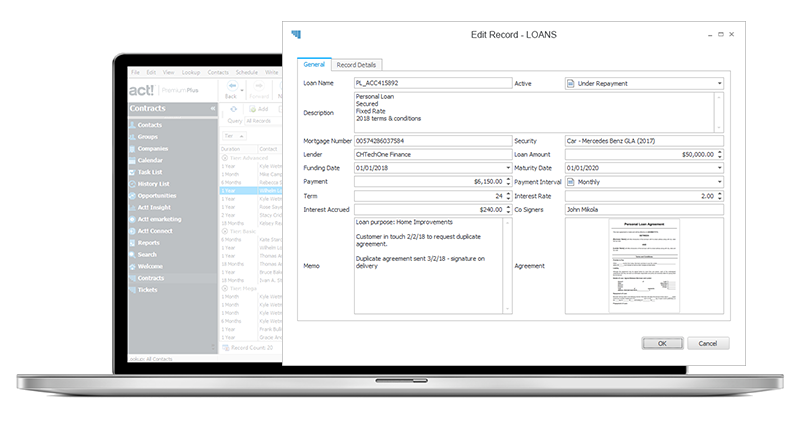
Sure, including a client’s name in your emails will increase the personal touch, but it’s not nearly enough. You have to go much deeper and include content that addresses their specific concerns or interests.
For example, if you’re hosting an open house, you only want to invite clients who have expressed interest in buying in that area. Or, if you are listing a $1.5 million property, you don’t want to send it to clients whose max budget is $750k.
The good news is that you don’t have to manually sort through your contact list. CRM solutions that specialise in email marketing automation can help you efficiently and automatically segment your subscriber list and send emails that speak to every client’s needs.
4. Use analytics to measure results and refine your messages.
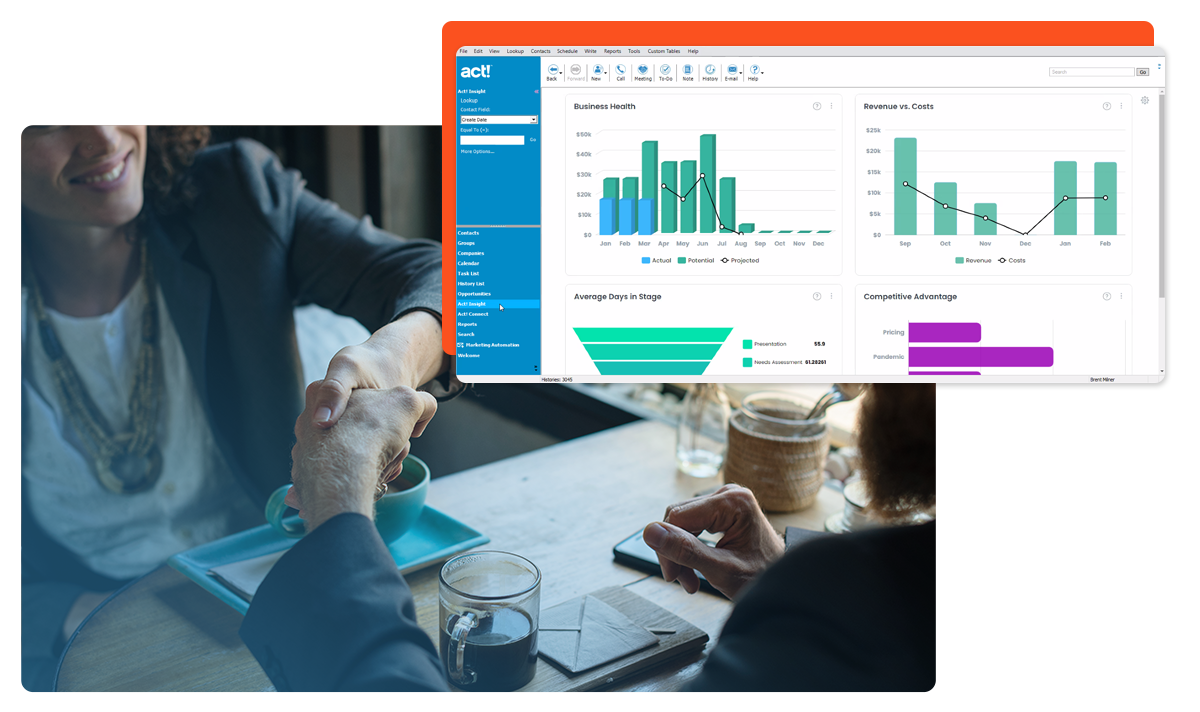
Measuring email campaign results is the best way to know what’s working and what needs work. By carefully tracking key metrics, such as click-through rates, conversion rates, bounce rates, and ROI, you can use tactics such as A/B testing to improve the results of current and future email marketing campaigns.
Choose Act! to deliver a winning email strategy
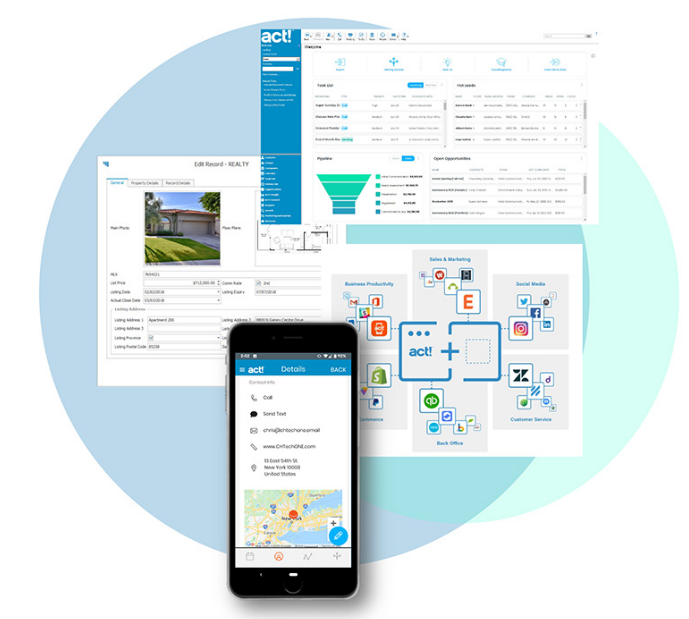
Act! makes it easy and cost-effective to include all of these approaches in your email marketing strategy. With Act!, you can create and customize email campaigns, design mobile-friendly messages, segment and personalize emails, and leverage advanced analytics to improve the impact of your real estate marketing.
See how Act! can work for you — get a free, 14-day trial and discover how all our amazing features work seamlessly in your environment!







